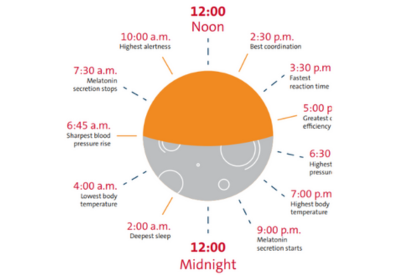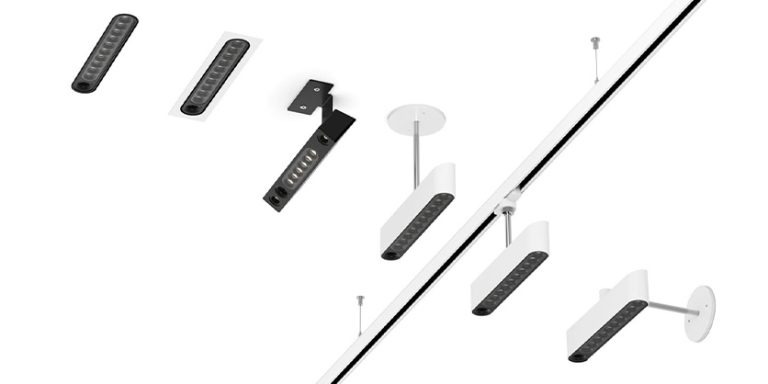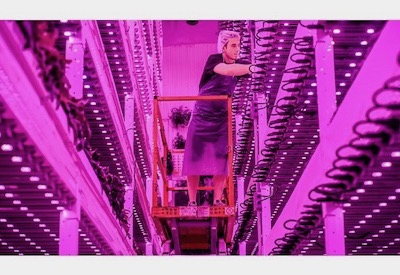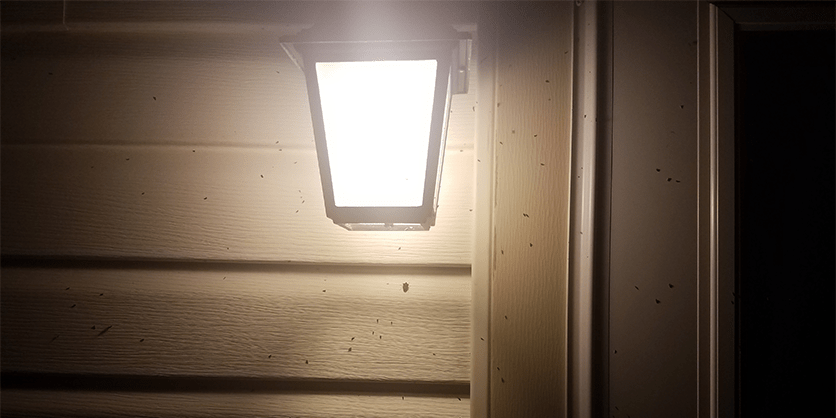Light Pollution: What Can We Do to Support Our Ecosystem?

By Jessica Brazil, Business Development Manager, UL Solutions
Light pollution is becoming more of a hot topic; the deeper we dive in, the more we uncover. A recent BBC article, “How light pollution disrupts plants’ senses,” discussed the impact of streetlights on moths’ behavior. We are just beginning to understand the effects of lighting on everything from flowering plants, pollinators, and humans; for instance, how light regulates our circadian rhythms – our natural sleep-wake cycle, which is approximately 24 hours.
Why is this important to you?
First, light has a significant impact on everything from the basics of illuminating a space to accomplish specific tasks, to how it makes us feel emotionally. Light encompasses more than providing illumination within a space.
Users of light need to recognize the significance of obtaining the right light at the right intensity and at the right time. In the study discussed in the BBC article, scientists hypothesized that artificial light at night would impact nocturnal pollinating moth flight patterns, negatively impacting pollination. They were correct, finding that 70% of moths were drawn upwards towards the streetlights and away from plant pollination, affecting over 28 varieties of plants. Imagine the catastrophic butterfly effect this can have on our collective eco-society!

What can you do?
Lighting designers can help by specifying appropriate luminaires based on metrics like CRI, CCT, SPD, etc.
Building owners must understand the importance of these concepts. As a lighting community, we can demand fixtures conducive to the environment they are used in.
Contact me or a trusted lighting manufacturer and ask questions about your next project. Make sure the light in your indoor/outdoor space is favorable to a healthy circadian cycle for humans, moths, and our environment. To learn more, watch this recent webinar, “Lighting for Health,” from UL Solutions.









